British Colonies Work Together During the Albany Congress of 1754
The Albany Congress was held in the summer of 1754 and represents the first time the British colonies in North America ever attempted joint action. Unlike the conventions held in later decades, which focused on pushing back against England, the goal of this conference was to help the British in their fight against the French and their Indian allies.
Since the 1740s, Indians loosely allied with the French had been attacking British settlements, especially in New England and western New York. These tribes included the Wabanaki Confederacy and Algonquins and were mostly located in present-day southern Canada along the St. Lawrence River. Meanwhile, the English had allied themselves with the Five Nations, or Iroquois Confederation, in present-day upstate New York.
In the early 1750s, emotions in the area began to heat up as English and French interests collided. The Board of Trade in London worried that this brewing conflict would adversely affect commerce with the colonies.
Consequently, they ordered the colonial governments to meet and discuss how to solidify relations with the Mohawk nation, part of the Iroquois Confederation. Seven colonies (Connecticut, Maryland, Massachusetts, Pennsylvania, New Hampshire, New York, and Rhode Island) sent delegates to Albany, New York where they met from June 19 to July 11, 1754.
Beyond the stated reason for meeting, the colonists discussed possible collaborative efforts to enhance the safety of the colonies and other common interests. At the conference, Benjamin Franklin, one of the representatives from Pennsylvania, proposed what has come to be known as the Albany Plan.
Franklin’s plan called for a unified government with a President General to be appointed by the King and a Grand Council made up of men from each of the colonial assemblies. Its powers were to include the authority to make treaties with the Indians, raise an army and navy, and, importantly, impose taxes. Additionally, each colony, regardless of population, would get one vote on all legislation and unanimous approval was required to pass any laws.
The Albany Plan was unanimously passed by the delegates at the convention. However, it was quickly rejected by the various colonial assemblies and officials with the Board of Trade in England. They were simply not willing to give up any of their control.
As Franklin wrote, “The colonial assemblies and most of the people were…mutually jealous and suspicious of central taxing authority. Many in the British government, already wary of some of the strong-minded colonial assemblies, disliked the idea of consolidating additional power in their hands.”
Many of the general concepts of the Albany Plan were to appear again as the basis for the Articles of Confederation in 1781. One wonders if a consolidated central authority made up of colonial leaders with the power to tax had been created in 1754, would Parliament have passed the unwanted taxes that led to our separating from England.
Benjamin Franklin’s “Join, or Die” political cartoon
One item of note that came from the Albany Congress was the first political cartoon in British America. It was called “Join, or Die” and was the creation of Ben Franklin, that man of many talents. It showed a snake representing the British colonies but cut into eight pieces and the words “Join, or Die” in bold print beneath the drawing.
The message was clear that the several colonies would be stronger together. Ironically, this cartoon, which was created in 1754 to help the British cause, would be reintroduced in 1765 at the Stamp Act Congress to resist English policies, specifically the Stamp Act.
WHY IT MATTERS
So why should the Albany Congress of 1754 matter to us today? The Albany Congress and the Albany Plan represent the first time the various British colonies attempted to work together towards a common goal. Its focus was to find ways to better support the Mother Country, much different than future colonial joint efforts. However, the discussions reminded delegates that the disparate colonies had many similar interests and that they could accomplish much if they consolidated their labors.
Additionally, Franklin’s Albany Plan provided a template for what a unified government consisting of all thirteen entities might look like. This framework provided a basis for what would become our Articles of Confederation.
SUGGESTED READING
Indians and Colonists at the Crossroads of Empire, a book written by Timothy Shannon, gives a thorough account of this important conference. Published in 2002, it provides excellent context to the larger struggle for North America between England and France.
PLACES TO VISIT
The best-preserved fort from the French and Indian War is Fort Ligonier. It is in a beautiful setting in Ligonier, Pennsylvania, about one hour from Pittsburgh. Besides a wonderfully preserved fort, the site has an excellent museum with several galleries including one on George Washington. It is well worth a visit.
Until next time, may your motto be “Ducit Amor Patriae,” Love of country leads me.

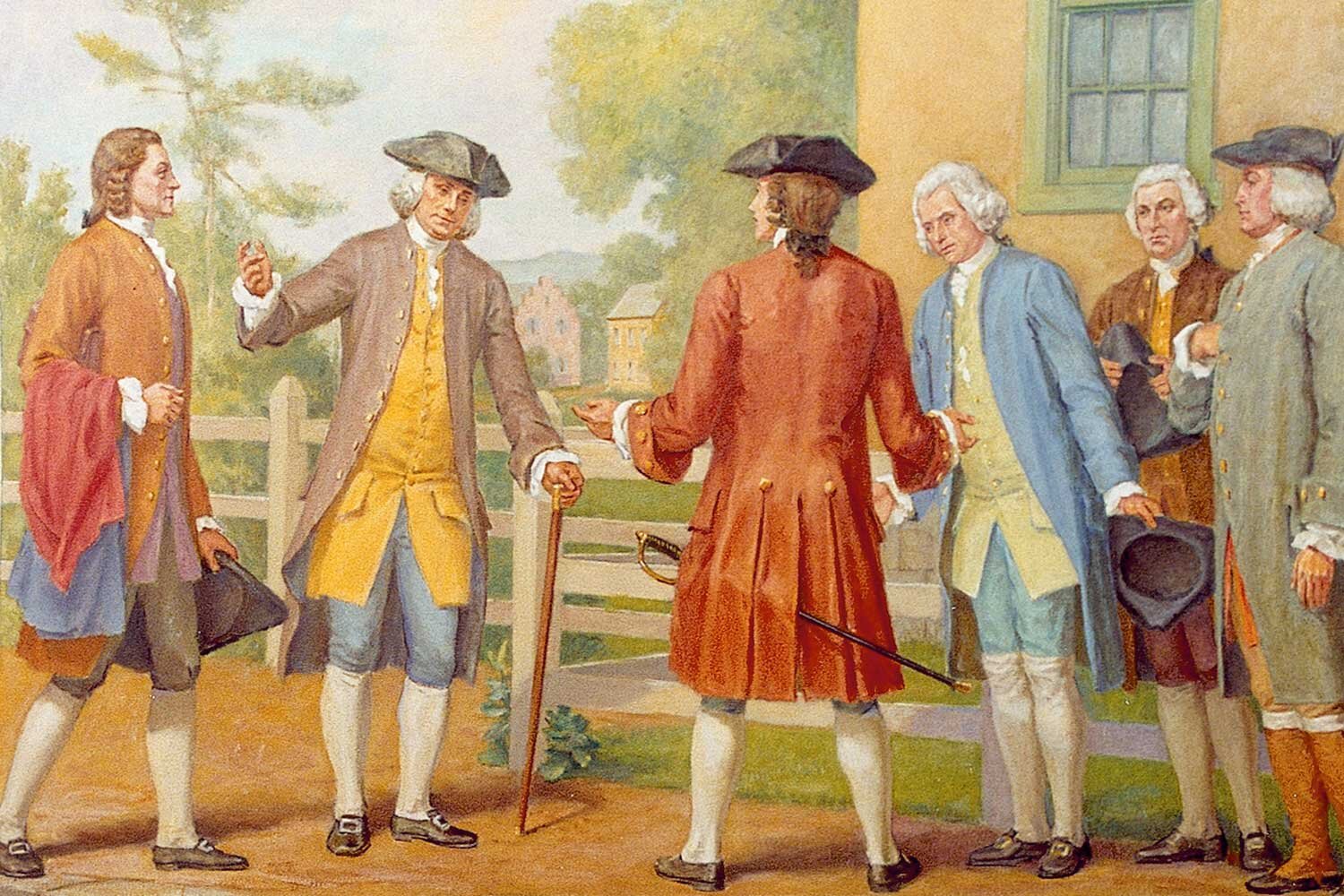

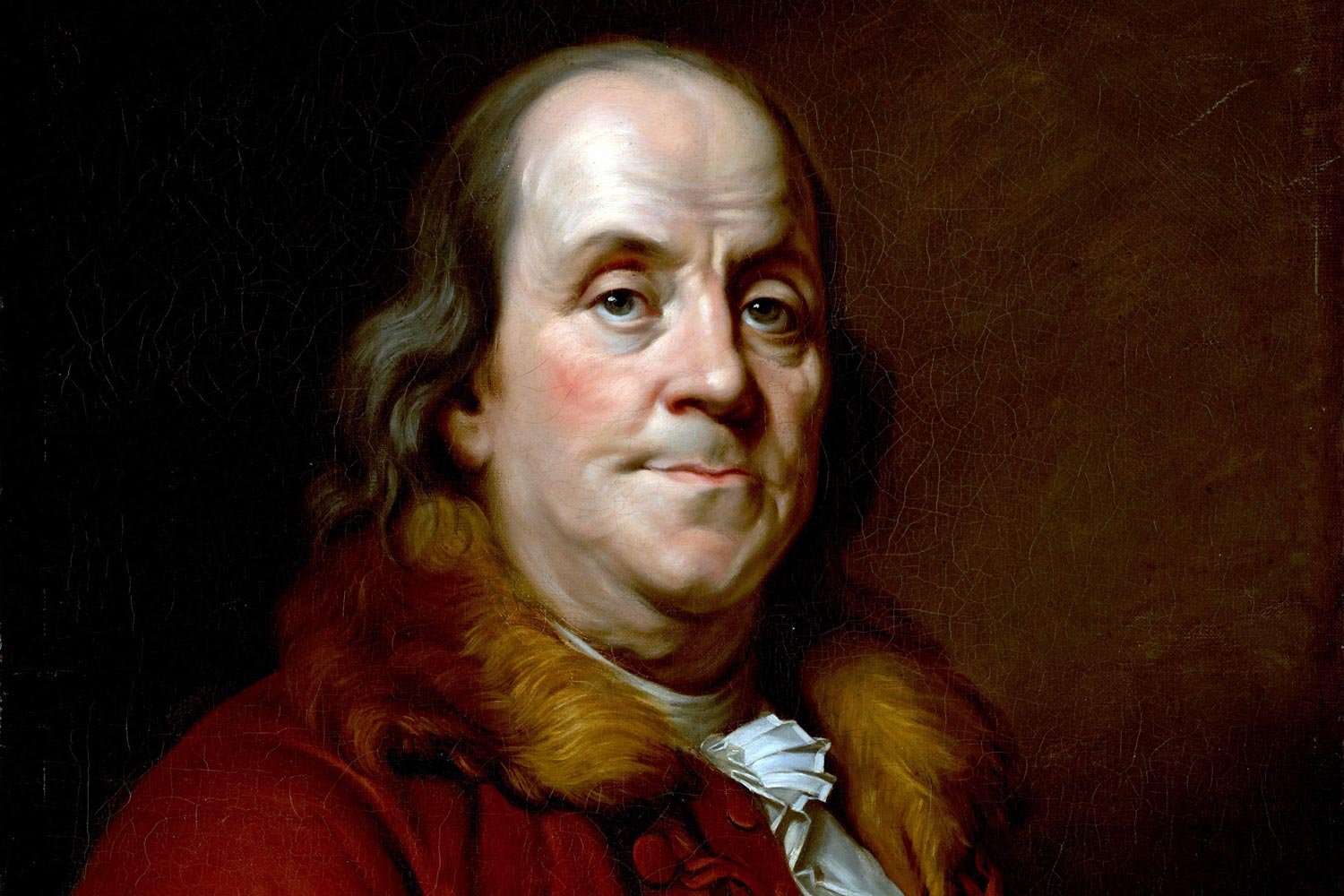
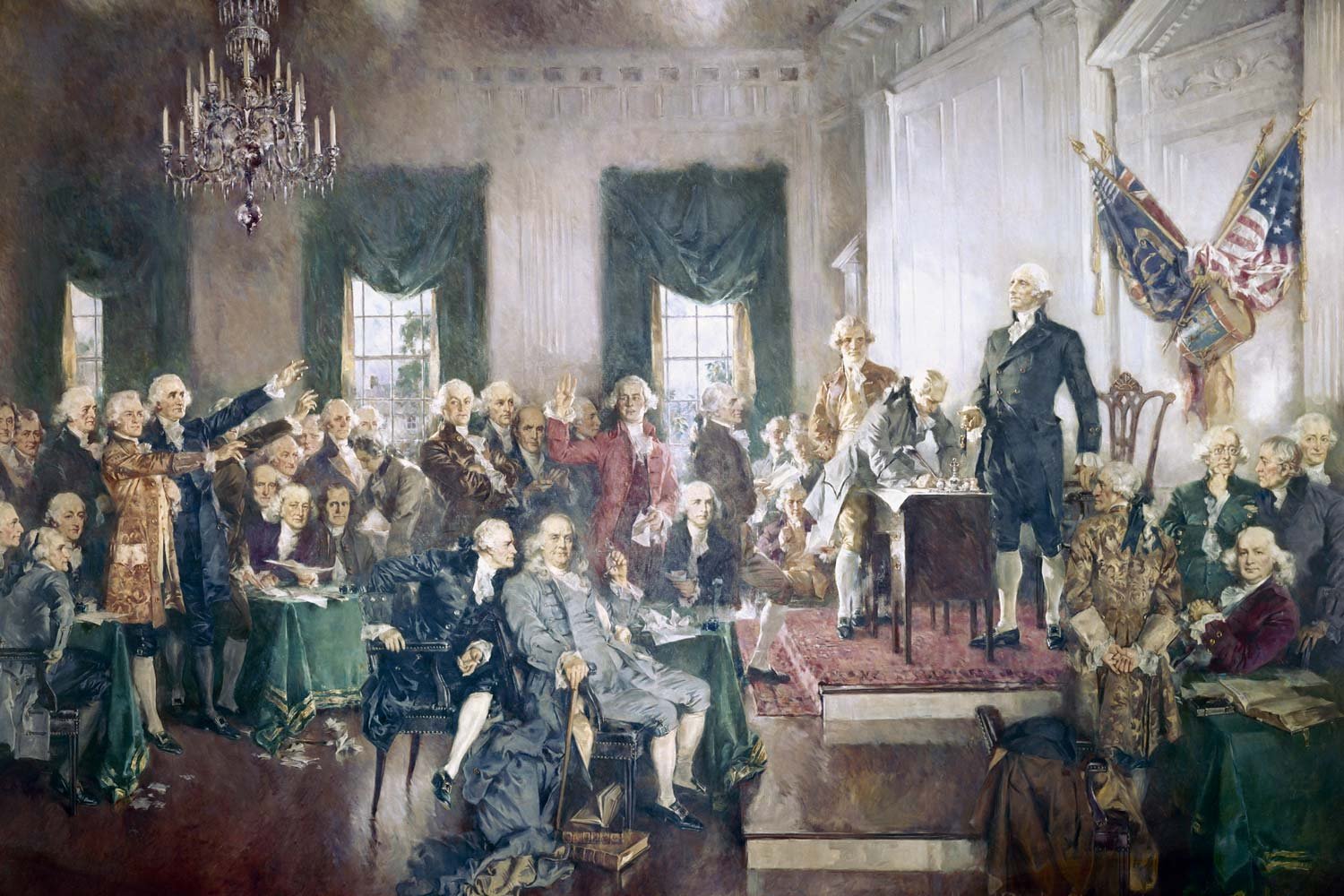
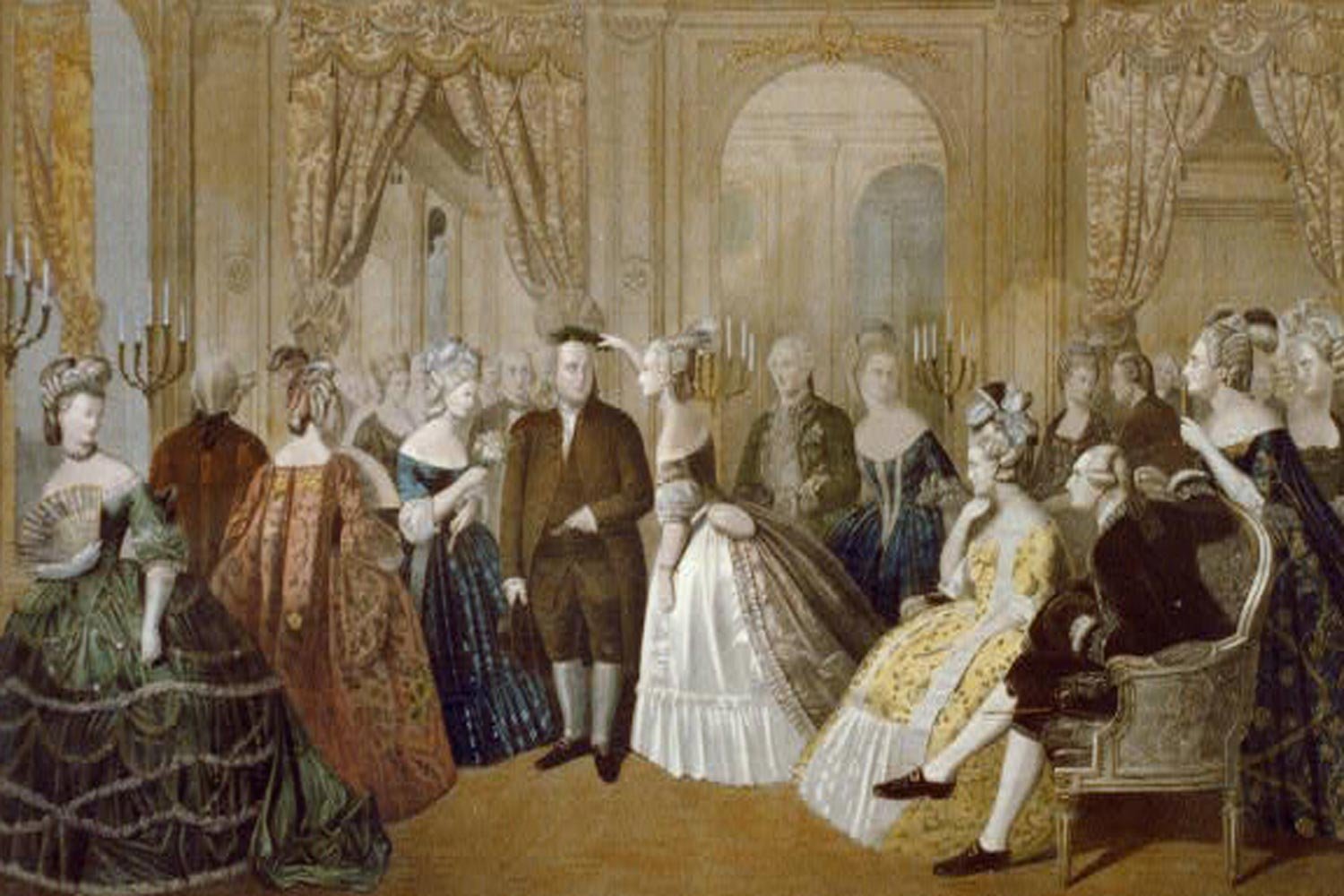
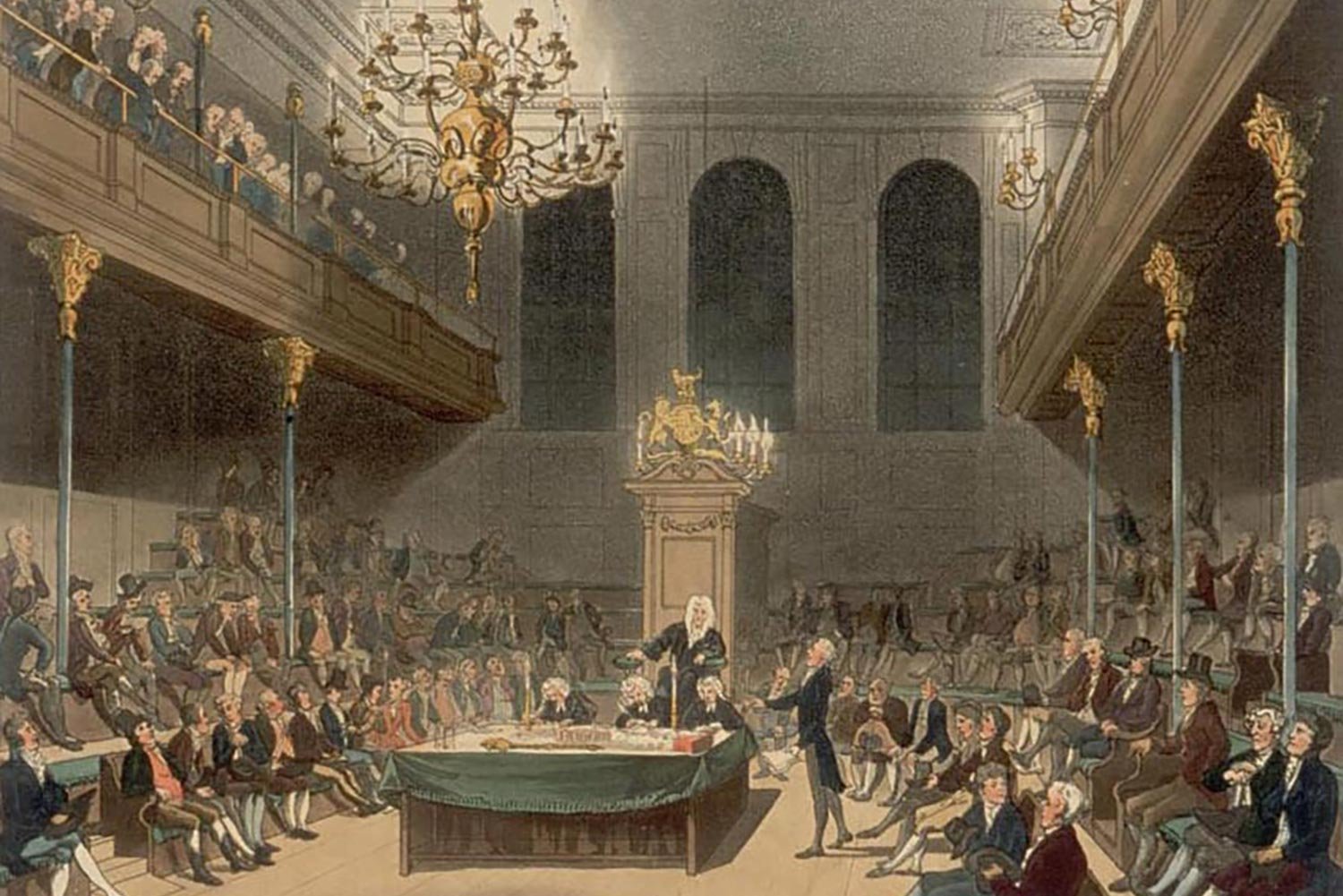
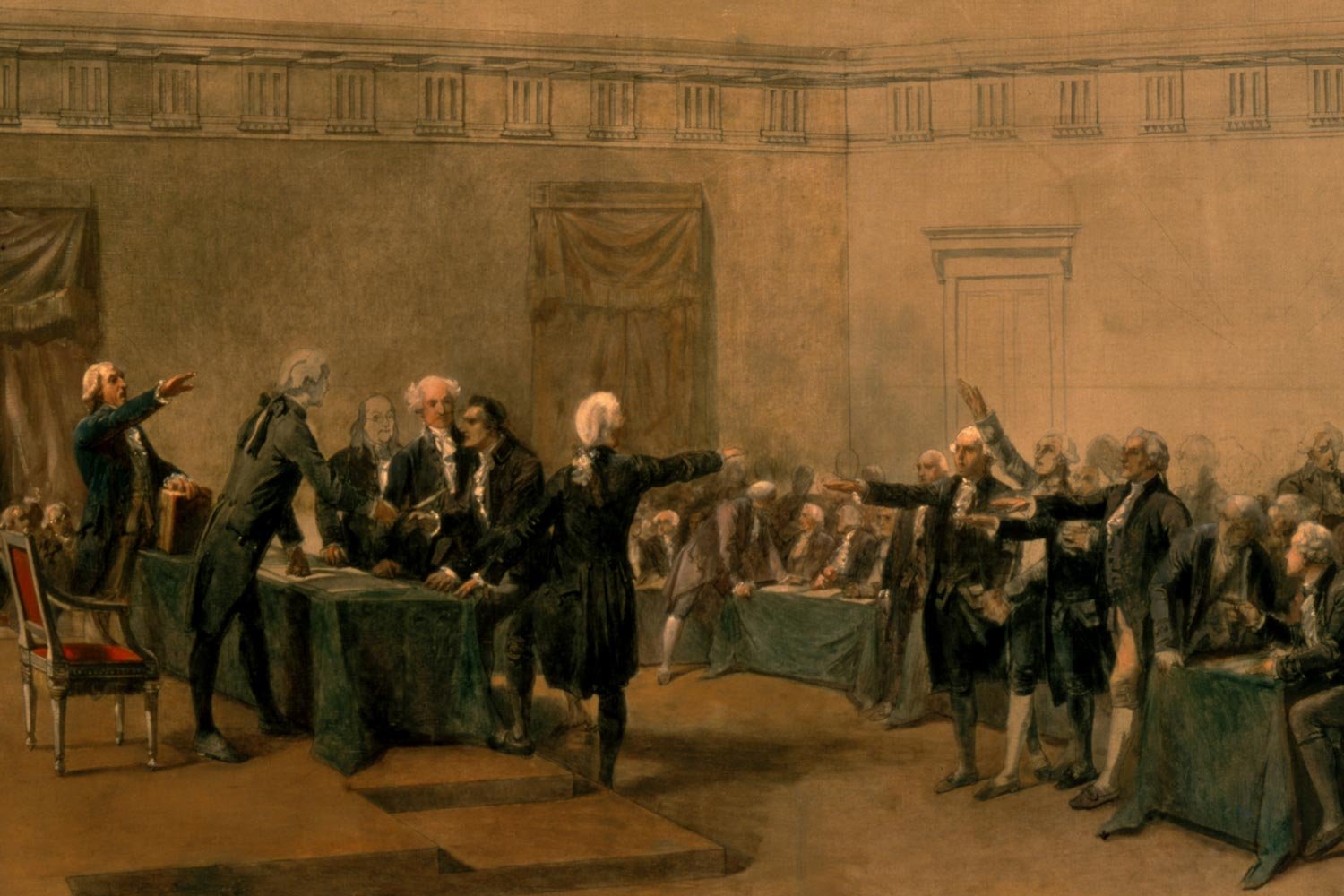



On May 15, 1776, the fifth Virginia Convention meeting in Williamsburg passed a resolution calling on their delegates at the Second Continental Congress to declare a complete separation from Great Britain. Accordingly, on June 7, Richard Henry Lee rose and introduced into Congress what has come to be known as the Lee Resolution.